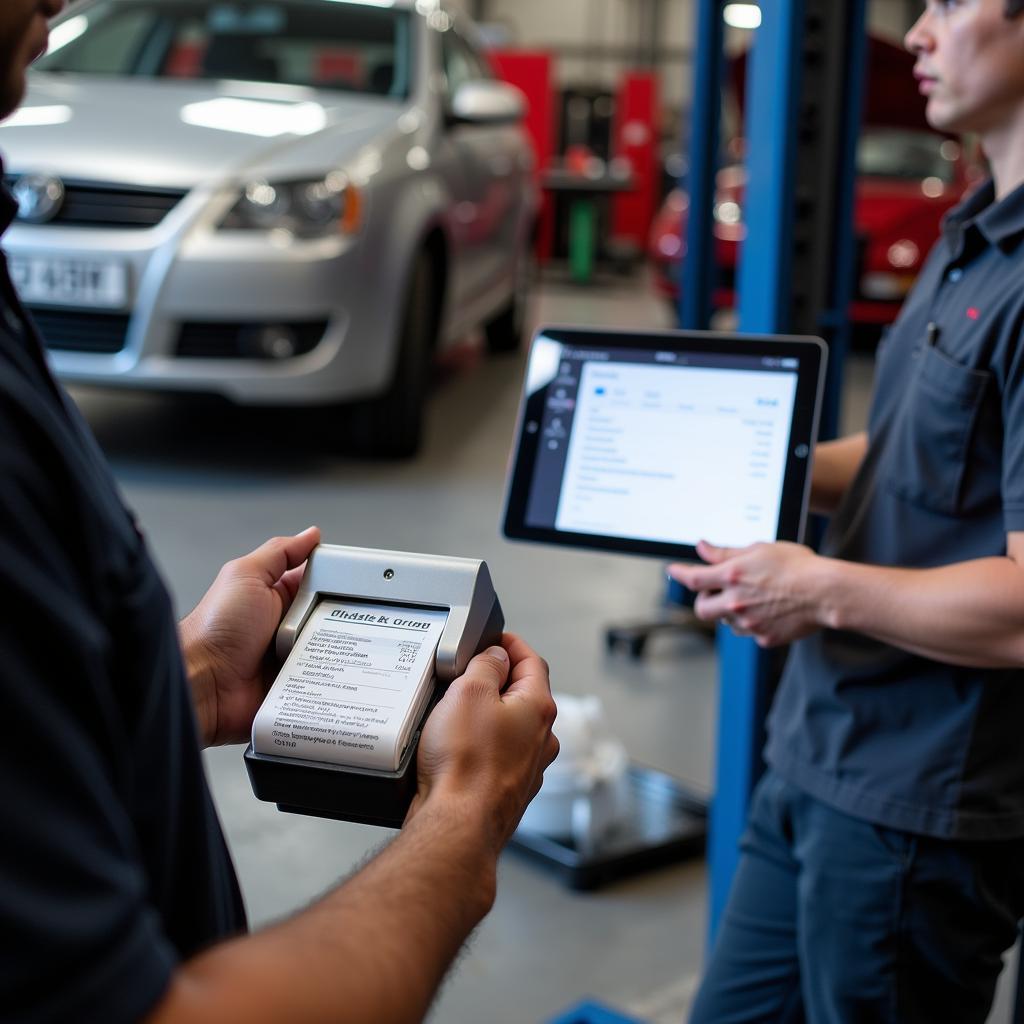Bleeding the brakes on your 99 Tahoe is an essential maintenance task that ensures optimal braking performance. While a scan tool can simplify the process, it’s entirely possible to achieve a successful bleed without one. This comprehensive guide will walk you through each step, providing valuable insights and tips along the way.
Understanding Brake Bleeding
Before diving into the procedure, let’s understand why bleeding your brakes is crucial. Over time, air can infiltrate the brake lines, leading to a spongy pedal feel and reduced braking efficiency. Brake bleeding involves flushing out this trapped air, allowing the brake fluid to flow freely and apply maximum pressure to the calipers.
Gathering the Necessary Tools
Having the right tools handy will make the bleeding process smoother. You’ll need:
- Clear tubing (about 3 feet)
- Wrench set (metric, to fit your bleeder valves)
- DOT 3 brake fluid (check your owner’s manual for specific type)
- Container to catch old brake fluid
- A helper (highly recommended)
Step-by-Step Bleeding Procedure
- Prepare Your Vehicle: Park your 99 Tahoe on a level surface, engage the parking brake, and chock the rear wheels for safety.
- Locate the Bleeder Valves: Identify the bleeder valves on each wheel. They’re typically located on the back of the brake caliper or wheel cylinder and have a square-shaped fitting.
- Clean the Master Cylinder: Remove the cap from the master cylinder reservoir (located under the hood) and clean any debris around the cap and reservoir opening to prevent contamination.
- Fill the Master Cylinder: Add fresh DOT 3 brake fluid to the master cylinder, ensuring it reaches the “Max” line.
- Connect the Tubing: Attach one end of the clear tubing to the bleeder valve on the wheel furthest from the master cylinder (typically the right rear). Submerge the other end of the tubing in the container partially filled with old brake fluid.
- Begin Bleeding: Have your helper press down firmly on the brake pedal several times and hold it down. While the pedal is depressed, loosen the bleeder valve slightly to allow fluid and air to escape through the tubing.
- Close the Bleeder Valve: As soon as you see clear fluid with no air bubbles flowing through the tubing, tighten the bleeder valve.
- Repeat for Each Wheel: Repeat steps 5-7 for each wheel, working your way closer to the master cylinder (right rear, left rear, right front, left front).
- Top off the Master Cylinder: After bleeding each wheel, check the master cylinder reservoir and add fresh brake fluid as needed to keep it above the “Min” line.
- Final Check: Once you’ve bled all four wheels, have your helper press the brake pedal a few more times to ensure a firm pedal feel.
Pro Tip: It’s a good practice to bleed brakes in pairs, starting with the rear axle and then moving to the front.
Important Considerations
- Brake Fluid Level: Regularly monitor the brake fluid level in the master cylinder throughout the process to prevent it from running empty, which could introduce more air into the system.
- Old Brake Fluid Disposal: Dispose of the old brake fluid responsibly. It’s corrosive and harmful to the environment.
- Seek Professional Help: If you encounter any difficulties or are unsure about any step, it’s always best to consult a qualified mechanic.
Expert Insight from John Miller, ASE Certified Master Technician:
“Bleeding brakes without a scan tool is achievable but requires careful attention to detail. Patience is key, and having an extra set of hands can make a significant difference.”
Conclusion
Bleeding the brakes on your 99 Tahoe without a scan tool is a straightforward process when approached systematically. By following these steps and adhering to safety precautions, you can ensure your brakes operate at peak performance. Remember, a firm brake pedal translates to a safer driving experience for you and your passengers.
If you require professional assistance or have any questions, don’t hesitate to contact ScanToolUS at +1 (641) 206-8880 or visit our office at 1615 S Laramie Ave, Cicero, IL 60804, USA.

